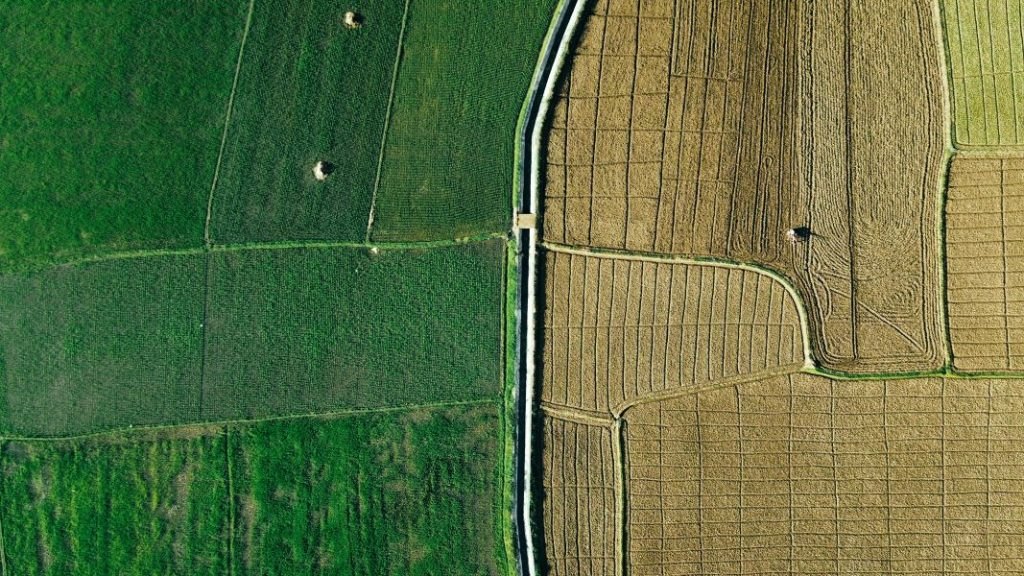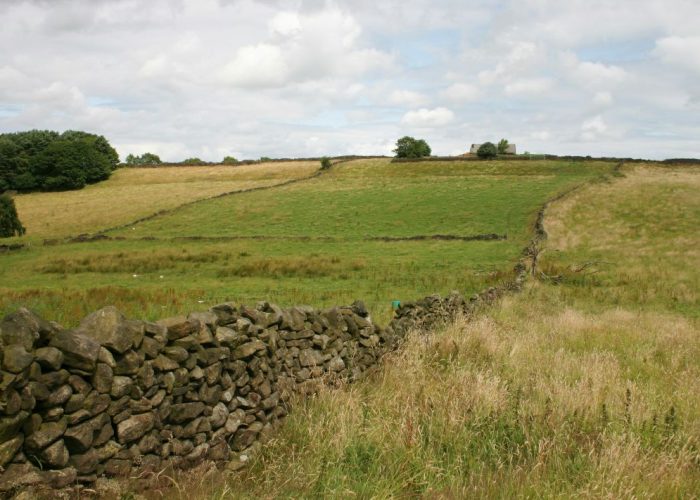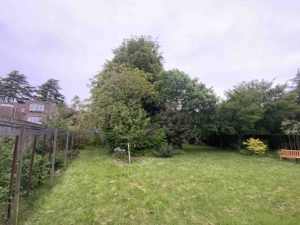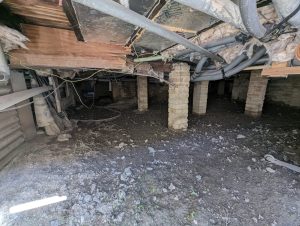PRELIMINARY ECOLOGICAL APPRAISAL (PEA)
Planning ready ecological appraisals that identify constraints early, stabilise design and keep your project moving with clarity and control — delivered nationwide by qualified ecologists.
Do you need a PEA?
If your project involves vegetation, buildings or ground boundaries, early ecological clarity is essential.
A Preliminary Ecological Appraisal provides it — the recognised first stage under NPPF Section 15 and CIEEM best practice.
When completed before design lock-in, a PEA turns uncertainty into foresight.
Each week gained here protects months later in the programme.
What is a PEA?
A PEA establishes your ecological baseline, recording habitats, identifying protected species potential and mapping planning risk.
Trigger points — signs your site needs a PEA
These indicators suggest your site might require more than a basic walkover and may attract LPA scrutiny:
- vegetation clearance or landscaping
- alteration to roofs, barns or outbuildings
- hedgerow or treeline removal
- groundwork near ditches, scrub or rubble piles
- ponds or wet features on or near the site
- earlier advice highlighting ecological uncertainty
- tight programmes overlapping seasonal windows
If any apply, acting now secures survey capacity while it’s still available. Delay it and ecology becomes the factor that dictates your timeline.
What We Deliver
We keep guidance clear and planning-ready — supporting predictable project delivery.
| Service | Purpose | Outcome |
|---|---|---|
| Ecological Walkover | Record habitats and features | Solid ecological baseline |
| Protected Species Screening | Assess realistic species risk | Focused next steps |
| Mapping & Site Context | Identify constraints and opportunities | Evidence planners can trust |
| Survey Roadmap | Outline seasonal requirements | Predictable sequencing |
| Practical Mitigation Guidance | Inform design and construction | Reduced ecological and schedule risk |
| Integration with BNG/Design | Align ecology with wider goals | Cleaner design development |
| Reporting & Recommendations | Deliver structured reasoning | Planning ready evidence |
How it Works
Our process is designed to remove friction and keep decisions moving.

Scope & Project Insight
Send your boundary and proposed works. We confirm scope against policy and planning context.

Fieldwork
On-site ecological walkover using DEFRA-aligned UKHab methods.

Reporting
Concise, defensible recommendations outlining next steps and programme timing.
Each report follows CIEEM and Natural England methodology, ensuring evidence stands up anywhere in the UK.
Timing & Survey Windows
Early instruction secures the survey window and keeps ecology off the critical path.
That’s how project control is maintained.
PEA Survey Season
Year-round
Follow-on Species Surveys
Seasonal
BNG integration
Year-round
Why planning officers request PEAs
Local authorities must protect biodiversity under the Wildlife & Countryside Act 1981, Habitats Regulations and NERC Act 2006.
They rely on PEAs to confirm that risk has been identified and managed proportionately.
For your project, this means fewer validation queries and smoother dialogue.
A clear PEA shows you’ve anticipated compliance — not waited for enforcement.
That foresight keeps planning predictable.
Our Approach
Each ProHort appraisal follows CIEEM guidance, Natural England standards and UKHab classification, producing reports LPAs recognise immediately.
It includes:
- ecological walkover
- protected species risk screening
- mapping and site context
- practical, proportionate recommendations
- a predictable survey roadmap
Every PEA is built around the project, not the paperwork. We interpret each site through the lens of planning delivery, balancing ecological rigour with programme momentum.
How this supports your project
A well-timed PEA:
- identifies constraints before design lock-in
- aligns ecology with planning milestones
- fulfils baseline duties under national and local policy
- defines survey strategy and seasonal timing early
- integrates seamlessly with BNG or EIA ecology
Early clarity maintains schedule stability. Later discovery creates delay.
This is where foresight pays off.
Case Insight
Your Next Step
Get the ecological clarity that keeps your design on track.
Phone: 0800 494 7479
Email: [email protected]
PEA FAQ - Planning and Programme Clarity
Is a Preliminary Ecological Appraisal enough for planning?
Often. If habitats are low value and species risk minimal, a PEA can satisfy planning validation under the NPPF and local policy. Where risk is higher, we outline exactly what’s next — and when.
How long is a PEA valid for?
Typically 12 to 24 months, depending on site change. If habitats alter, the appraisal should be refreshed before submission.
Who can carry out a PEA?
Only qualified CIEEM-registered ecologists working to recognised standards. Using unqualified consultants risks rejection at validation.
Can PEAs be completed year-round?
Yes. Walkovers are season neutral. Only protected species follow-ups depend on weather windows.
Does a PEA include Biodiversity Net Gain data?
Yes. The PEA provides the ecological baseline required for the DEFRA Metric 4.0 calculation.
Do small developments still need one?
If boundaries, trees or vegetation are affected, most LPAs expect a proportionate PEA. It’s the entry ticket to planning validation.
What if protected-species potential is found?
We clarify which surveys are justified under the Wildlife & Countryside Act or Habitats Regulations, and align timing to your schedule.
How fast can you deliver the report?
Usually within one week of fieldwork, faster where programmes demand it.
Can planning be submitted before those surveys?
Sometimes. It depends on LPA stance. We confirm the cleanest route for your application.
Does a PEA delay or accelerate planning?
It accelerates. It’s the difference between submitting once or being queried twice.
What do you need to quote?
A red-line boundary, brief works description and target planning dates. We’ll scope, cost and schedule immediately.








